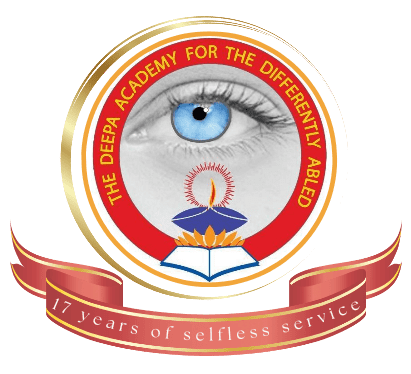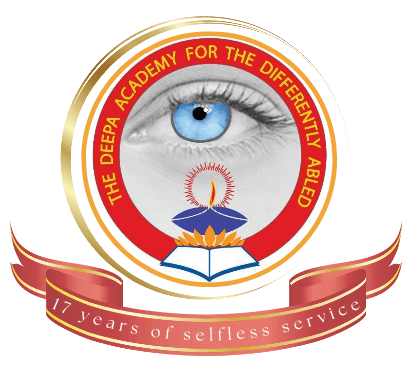
BACKGROUND AND CONTEXT


For nearly two decades, our organization has been dedicated to the education and empowerment of visually impaired and socioeconomically disadvantaged children across Karnataka. Operating with a deep commitment to inclusion, we have provided not only academic support but also life skills, digital training, vocational guidance, and residential care for over 140 children annually. Our work has shown that with the right environment, children with disabilities can thrive alongside their peers. However, in many rural regions — especially in Chamarajanagar — the lack of accessible educational infrastructure and inclusive practices continues to limit opportunities for children, both with and without disabilities. The idea for this project emerged from our growing realization that there is a critical need for a well-designed, inclusive, and CBSE-affiliated school in this region. One that does not separate children based on ability, but instead brings them together to learn, grow, and build a more empathetic society.
Project Goal
To establish a free and inclusive K–12 CBSE-affiliated school inChamarajanagar, dedicated to providing quality education tochildren from underprivileged (BPL) families and marginalizedbackgrounds, including the visually impaired, ensuring that no childis left behind due to poverty or disability.
General Objectives
To uplift underservedcommunities byproviding completelyfree and holisticeducation thatnurtures academic,personal, andvocational growth inchildren from BPLand vulnerablebackgroundscommunities byproviding completelyfree and holisticeducation thatnurtures academic,personal, andvocational growth inchildren from BPLand vulnerablebackgrounds
PROJECT BENEFITS
The proposed school project is designed to generate a wide rangeof benefits that address not just educational needs, but also socialand economic upliftment for the region's most disadvantagedcommunities.
Direct Beneficiaries
Children from BPL families who
otherwise cannot afford quality
education.
Marginalized and socially excluded
communities who will gain access to equitable education.
Girl children, for whom dropout rates are typically higher in rural areas due to safety, social pressure, or lack of facilities.
Families in the region, through enhanced educational
outcomes and future employment
opportunities for their children.
Educational Benefits
Access to free, high-quality CBSE education from kindergarten to 12thgrade.
assistive technologies and inclusive pedagogy for students with visual impairments
Emphasis on holistic development ,including life skills ,values, and personality building. Exposure to digital literacy and vocational training, preparing students for the real-world challenges
Social Benefits
Reduction in schooldropout rates,especially among girls and children with disabilities.
with disabilities. Promotion of inclusive society where children from diverse backgrounds learn together.
Strengthening the local humanresource base by producing educated,c onfident, and skilled young adults.
Helping break the cycle of poverty through education and empowerment.




